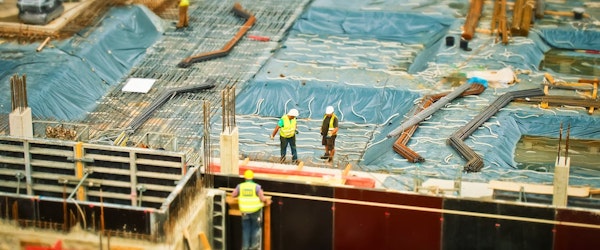
Smarter Repair Strategies Help Insurers Tackle Rising Commercial Property Claim Costs
Friday, August 29th, 2025 Catastrophe Insurance Industry Property Risk ManagementThe commercial property insurance sector in 2025 is grappling with a perfect storm of rising reconstruction costs, skilled labor shortages, and increased risks of business interruption. According to Verisk, reconstruction expenses climbed 5.7% year-over-year through Q2, with concrete costs alone spiking over 9%. These pressures are driving a shift in how insurers and policyholders approach claims, moving away from informal contractor arrangements and toward more structured, scalable solutions.
Managed repair models are gaining traction as a viable response to these challenges. By relying on trusted contractor networks, transparent pricing strategies, and proactive oversight, insurers can reduce the risk of delays, rework, and inflated costs. Commercial properties, unlike residential ones, often have complex systems, strict regulations, and critical operational needs — all of which require specialized response plans. Events like the $2.3 billion in losses from the January 2025 Los Angeles wildfires highlight just how high the stakes can be.
To better navigate these complexities, experts recommend expanding access to vetted contractors, utilizing time-and-material pricing models that reflect true repair costs, and establishing pre-loss agreements that align expectations before disaster strikes. These strategies not only improve repair timelines but also ensure better cost control across large claims portfolios. Verisk reports that smart billing review models can cut inflated commercial claims by up to 27%.
Commercial property stakeholders who take a proactive, structured approach to claims — rather than reacting under pressure — are in a stronger position to minimize disruption and control losses. As insurance rates continue to rise, investing in scalable repair solutions and pre-established oversight frameworks is key to a faster, more efficient claims process that benefits all parties involved.





